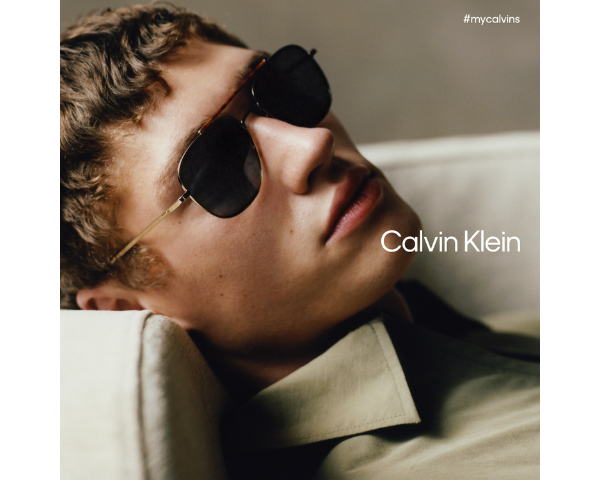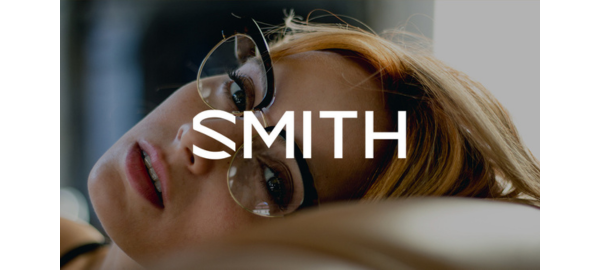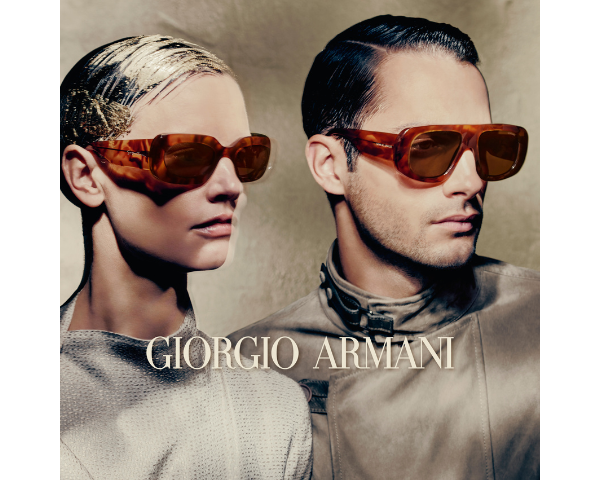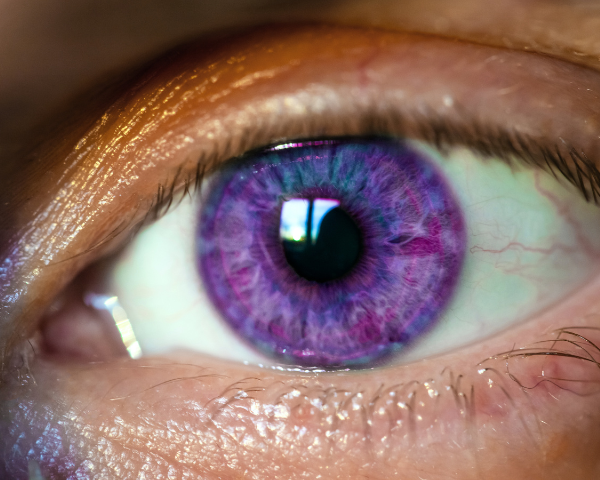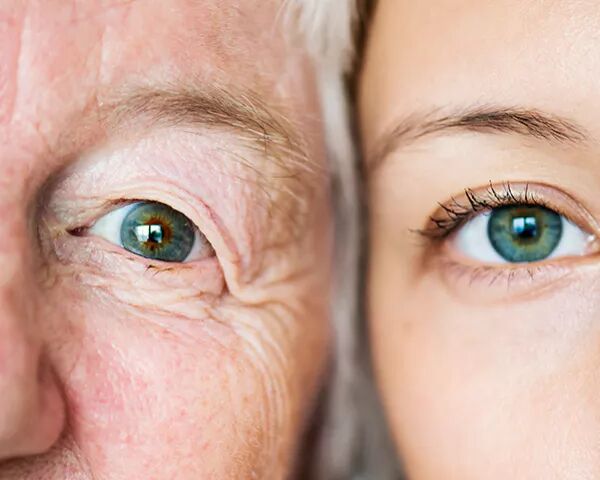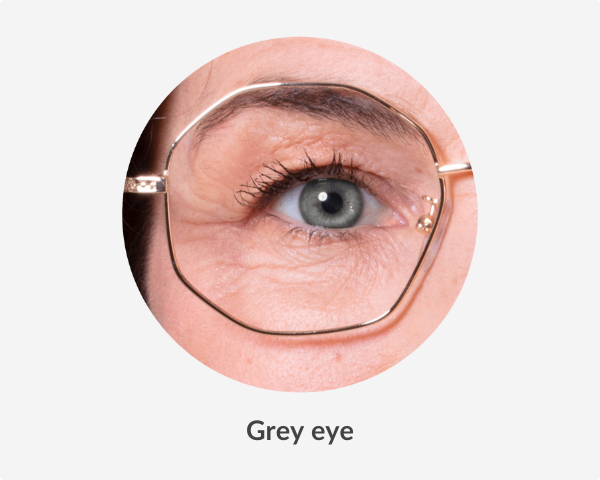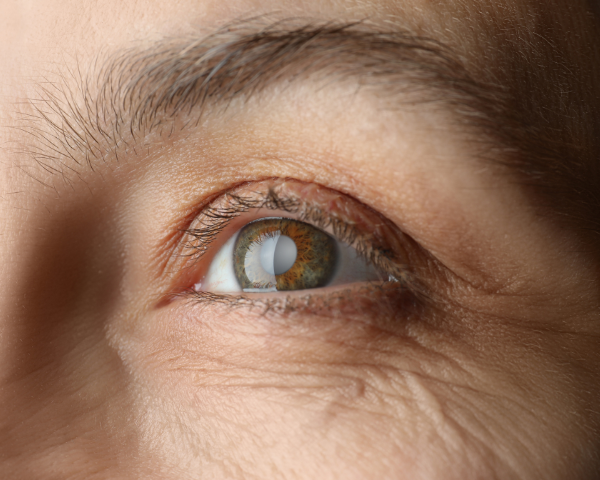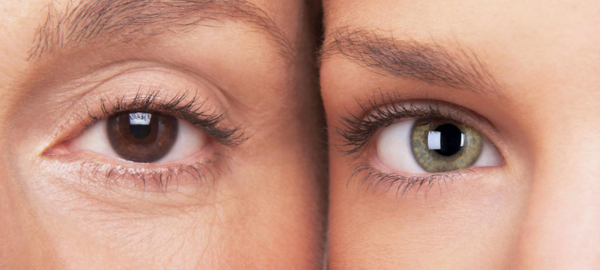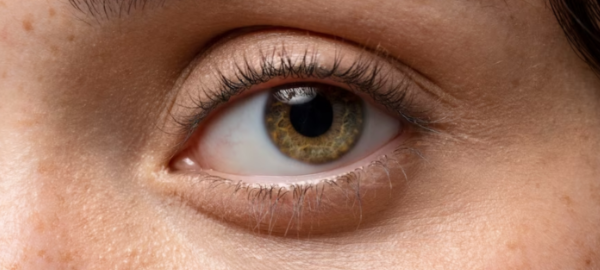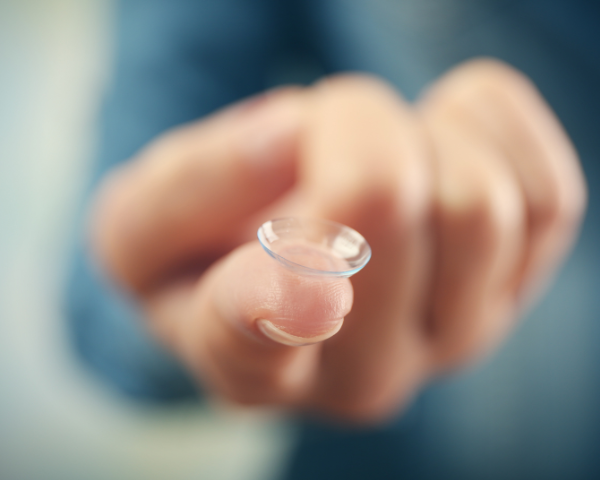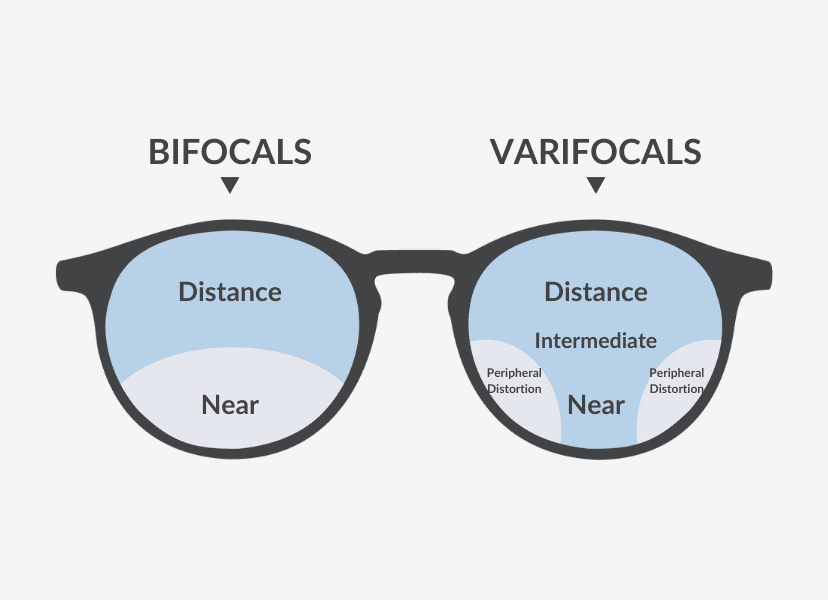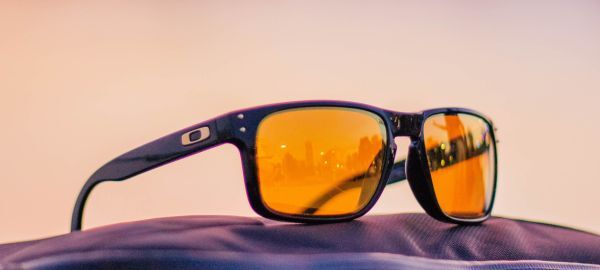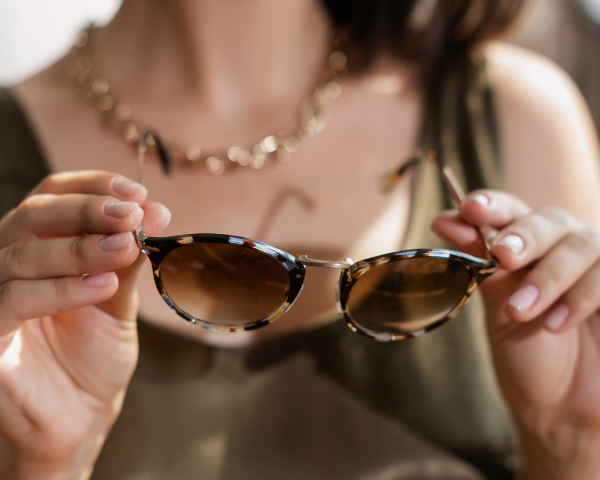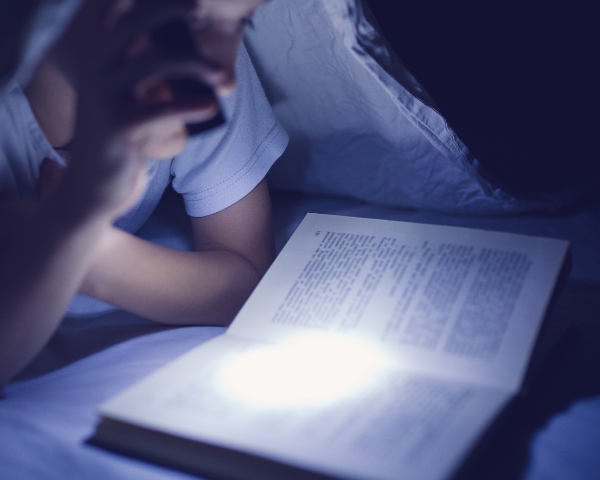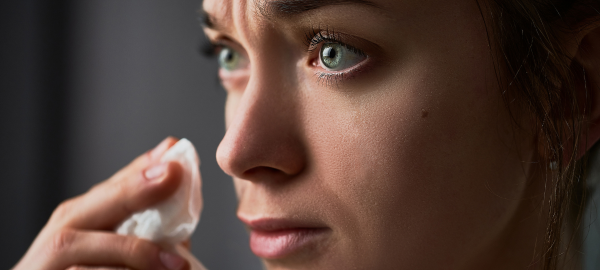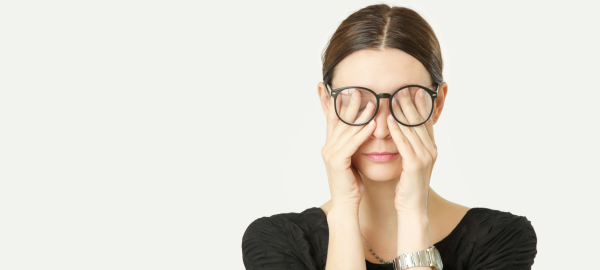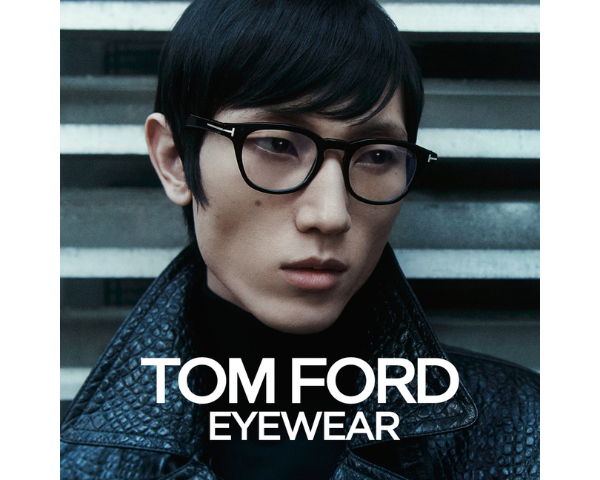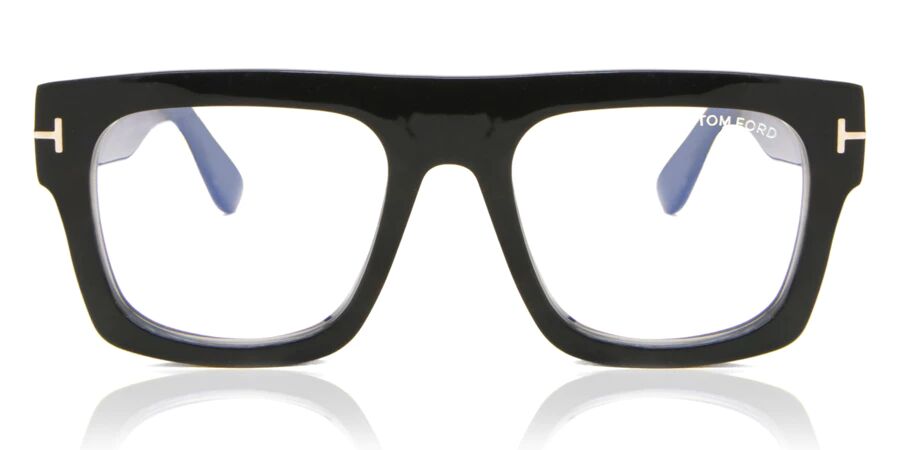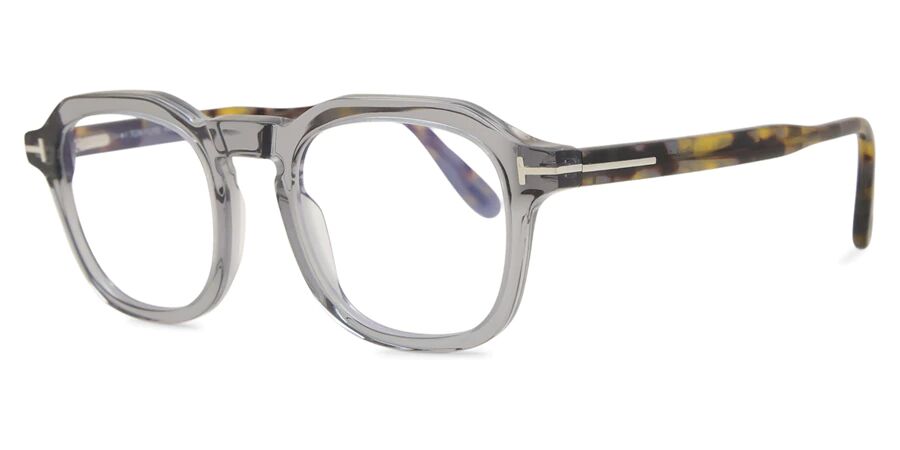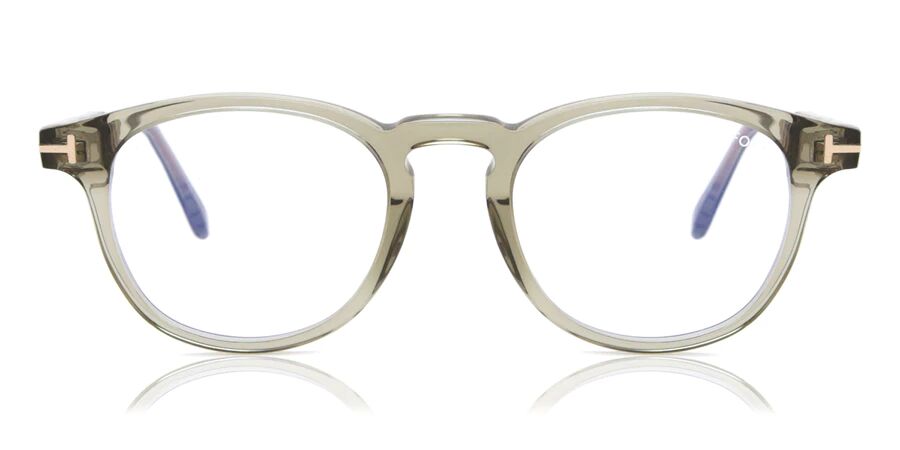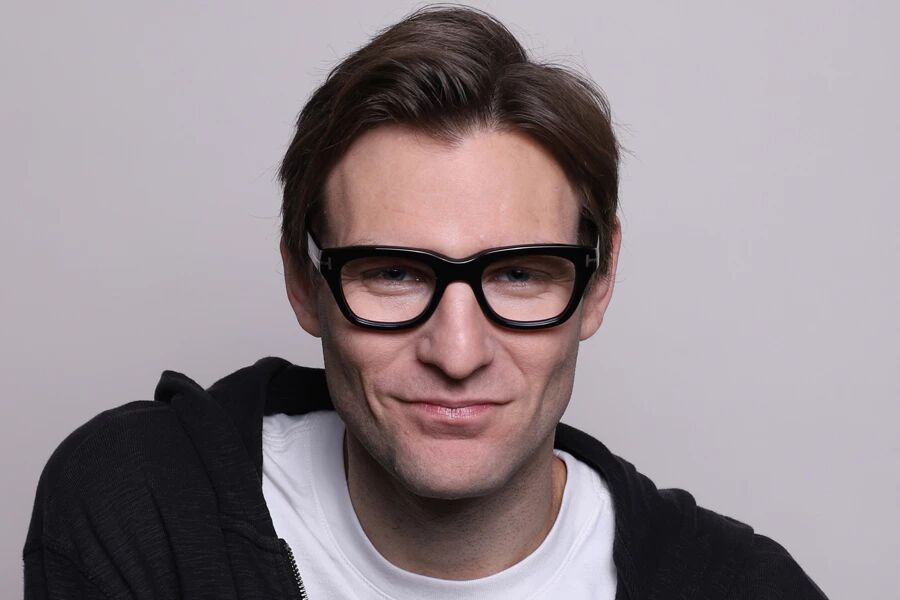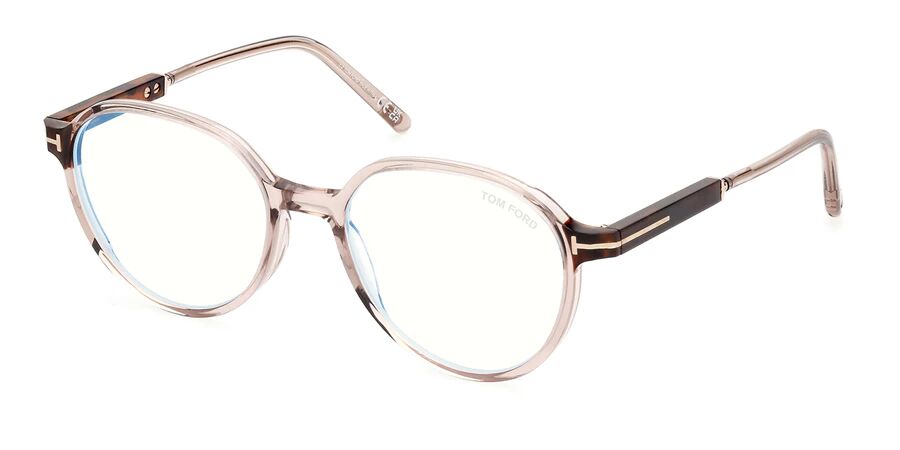Brand Spotlight: Celine
By SmartBuyGlasses Editorial Team
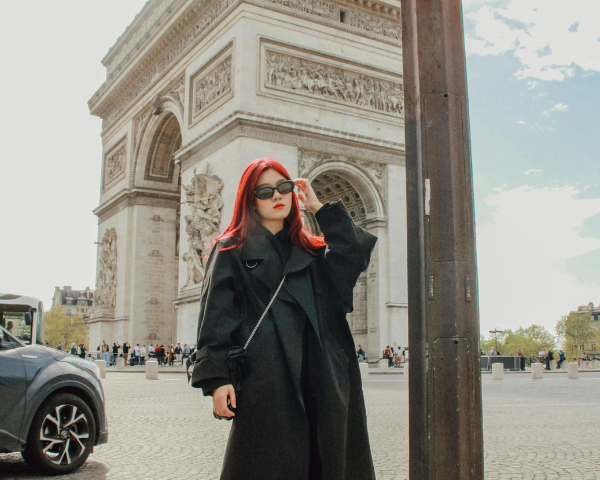
French fashion house Celine is known for its impact on minimalist luxury– we’re talking clean lines, premium leather and an understated vibe.
Celine is undoubtedly one of the most influential luxury brands of our time and successfully combines classic fashion with modern influences.
Let’s go back in time to 1945 to explore Celine’s surprising beginnings and how the aspirational Celine eyewear collection was founded.
Celine through time
Did you know that Celine started off as a made-to-measure children’s shoe shop? Don’t worry if you didn’t; it’s one of those facts that very few people know.
In 1945 Celine Vipiana, alongside her husband Richard, opened their very first boutique. Here they offered one-of-a-kind shoes that would very quickly become iconic in their region of France.
As their success grew, the late 1950s and early 1960s saw the couple’s expansion into women’s footwear, accessories and ready-to-wear sports collections.
Their brand mission was clear– functional minimalism, a refreshing break in the brash fashion industry of the times.
In the mid-1960s, they introduced notable fragrances, belts, gloves and perhaps most famously, bags.
As the brand grew, Celine’s focus shifted to the world of high-end collections and understated luxury.
This new direction was highly popular, and Celine’s product sales sky-rocketed. To keep up with it all, Celine eventually opened a factory in Florence, Italy.
The creation of an iconic logo
Celine’s first logo was a distinctive red elephant created by cartoonist Raymond Peynet, but that design wasn’t long-lived.
In the 1970s, Vipiana designed a brand new logo— the one you see today. This simple yet instantly recognisable intertwined double C is named the Blazon Chaine and contains an easter egg.
If you look closely at the central pattern, you’ll see a subtle nod to the Arc de Triomphe, a stunning Parisian landmark.
Celine sets their sights on specs
Celine first introduced their eyewear in the 1960s, and it’s definitely one of their most undervalued product categories.
Though not as well known as other Celine staples, these frames are unique and deserve to be in the spotlight way more than they are.
Following in the chic footsteps of the brand’s clothing and handbags, Celine eyewear features sharp lines, stylish designs and high-quality materials. These combine for an elegantly timeless appeal.

Just as elegant is the subtle branding, such as the three discreet dots found at the temples of many of their models.
This effortlessly chic detail is a hallmark of French fashion, and it’s one you can wear wherever you are in the world.
The craftsmanship
Made in Italy using premium materials such as acetate, metal and top-notch lenses, the brand’s commitment to quality runs deep.
Made in Italy using premium materials such as acetate, metal and top-notch lenses, Celine’s frames are as durable as they are fashionable.
It’s not just the frames, though; Celine’s lenses are second to none. Whether in the city or on a faraway island, you can rest assured knowing that Celine sunglasses come with 100% UV protection.

This exceptional quality and craftsmanship is what has popularised them with celebrities and fashion influencers alike.
They have now cemented their role as a staple in the classic cool-girl aesthetic, with models like their oversized square frames the perfect addition to complement this style.
If that’s your vibe, then it’s time to invest in a new pair of shades– you’ll love them.
The future of Celine eyewear
Over the years, Celine has seen creative directors come and go. Michael Kors took over after Celine’s death in 1998, remaining in charge until 2004.
Since then, many more have sat at the helm of this fashion powerhouse.
Former creative director for Saint Laurent, Hedi Slimane, was announced as the brand’s new creative director in 2018.
During that time, she rebranded and Celine’s designs changed to incorporate a hard punk edge.
Under Slimane, Celine’s eyewear transitioned to a more rock-and-roll aesthetic. Think aviators with metal frames, retro gradient lenses and bigger, bolder logos– you’ll even find studded ski goggles.
Whether you’re a fan of classic Celine or more modernised designs, one thing is clear– Celine’s eyewear is timeless, iconic and cool.
With a pair of Celine glasses or sunglasses, you’ll always be stepping out in style. What are you waiting for? Grab a pair to see for yourself, you’ll love them.
Related articles



Related articles










































